My take: Do you like Clue or the House on Haunted Hill? This was a precursor to those tales and will feel very familiar to you.
In The Cat and the Canary, the seventh movie in Studies in Terror, a wealthy old man passes away. All of his relatives gather in his creepy old mansion for a reading of the will, hoping to get their share of the fortune.
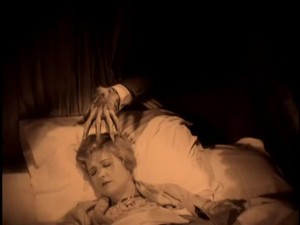
A creepy hand reaches out from the wall to snatch young Annabelle’s jewels in The Cat and the Canary.
Young and beautiful Annabelle West, played by Laura LaPlante is named the heir, but there is a catch. If a doctor declares that she is mentally unsound later that night, she will lose the fortune and the new heir will be one who is named in a different sealed envelope.
(Side note: as a lawyer, I have to warn all other fellow lawyers that you need to forget everything you know about wills and estates law while watching this film.)
During the night, we discover that the mansion is filled with secret panels and passageways. We also learn that a madman is on the loose. And the lawyer who holds the sealed envelope naming the hopeful heir is murdered.
Yes, this is a story we have heard over and over again. But the fun in watching it lies in the fact that you are watching one of the first. According to Studies in Terror, this was a film that launched a hundred copycats. While watching The Cat and the Canary, I continually compared it to Clue, The House on Haunted Hill, and episodes of Scooby Doo.
A new theme emerged while I was watching this film. It was directed by the same man who directed Wax Works, Paul Leni. In my opinion, the intervening years did much to improve his directing abilities, and it was fun to see how he had improved his style.
I would recommend this movie to fans of classic movies and those who love films where the characters are all locked together in an old creepy mansion.
I found the movie on Netflix Instant Watch. I also found it on youtube without musical accompaniment:
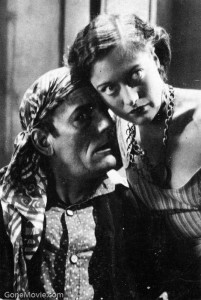
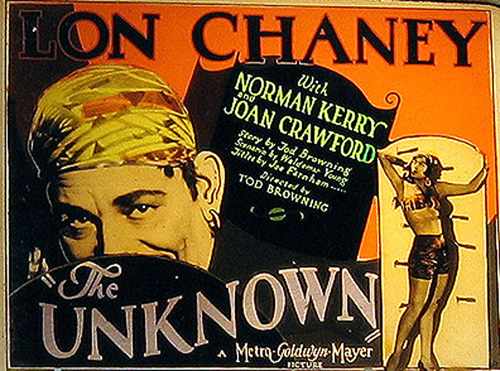

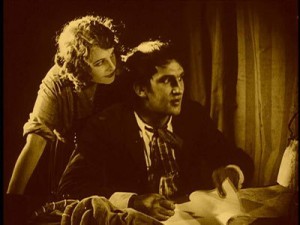
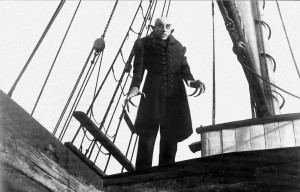
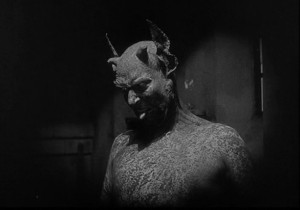
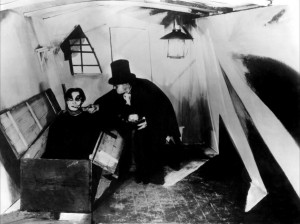
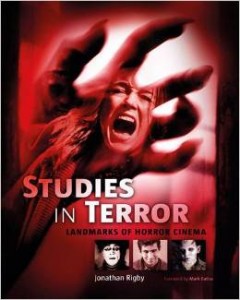
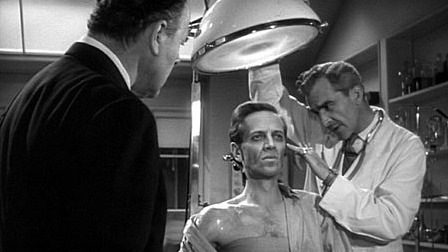
Recent Comments